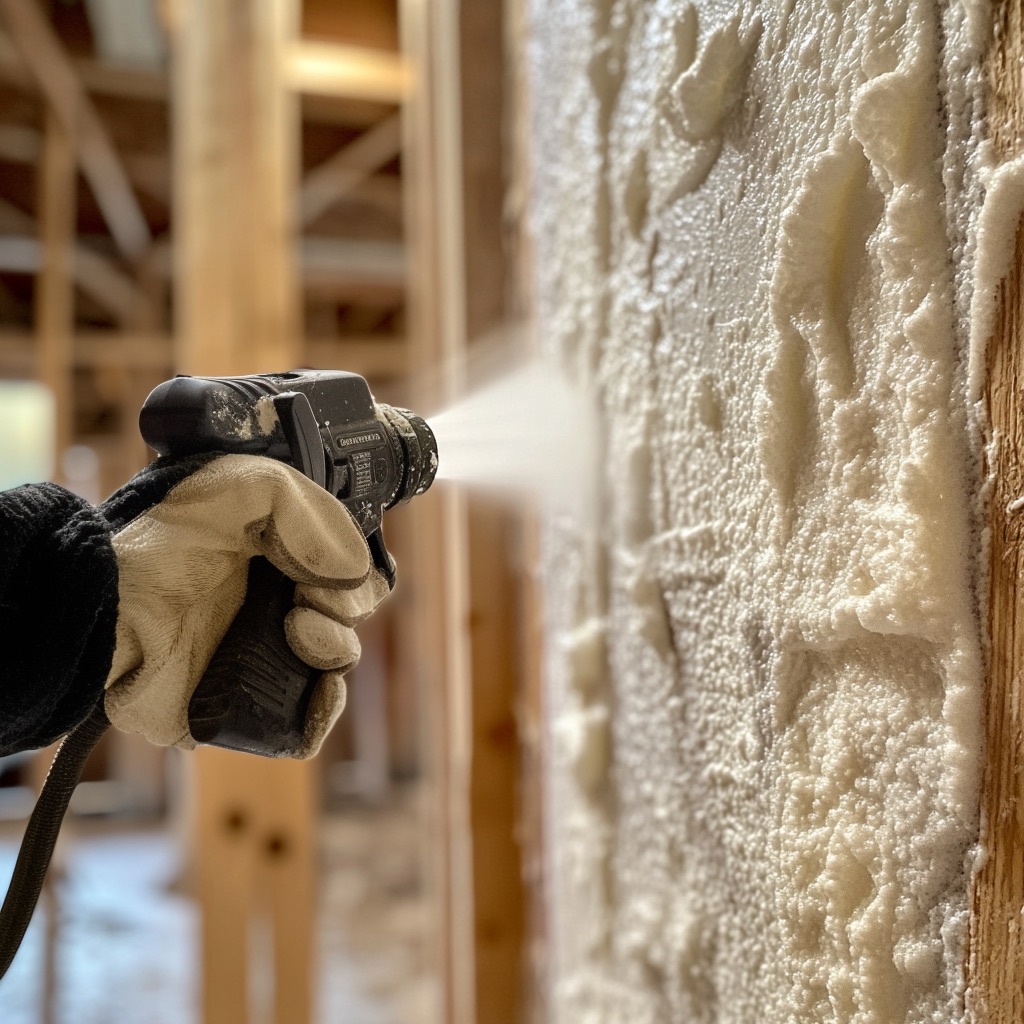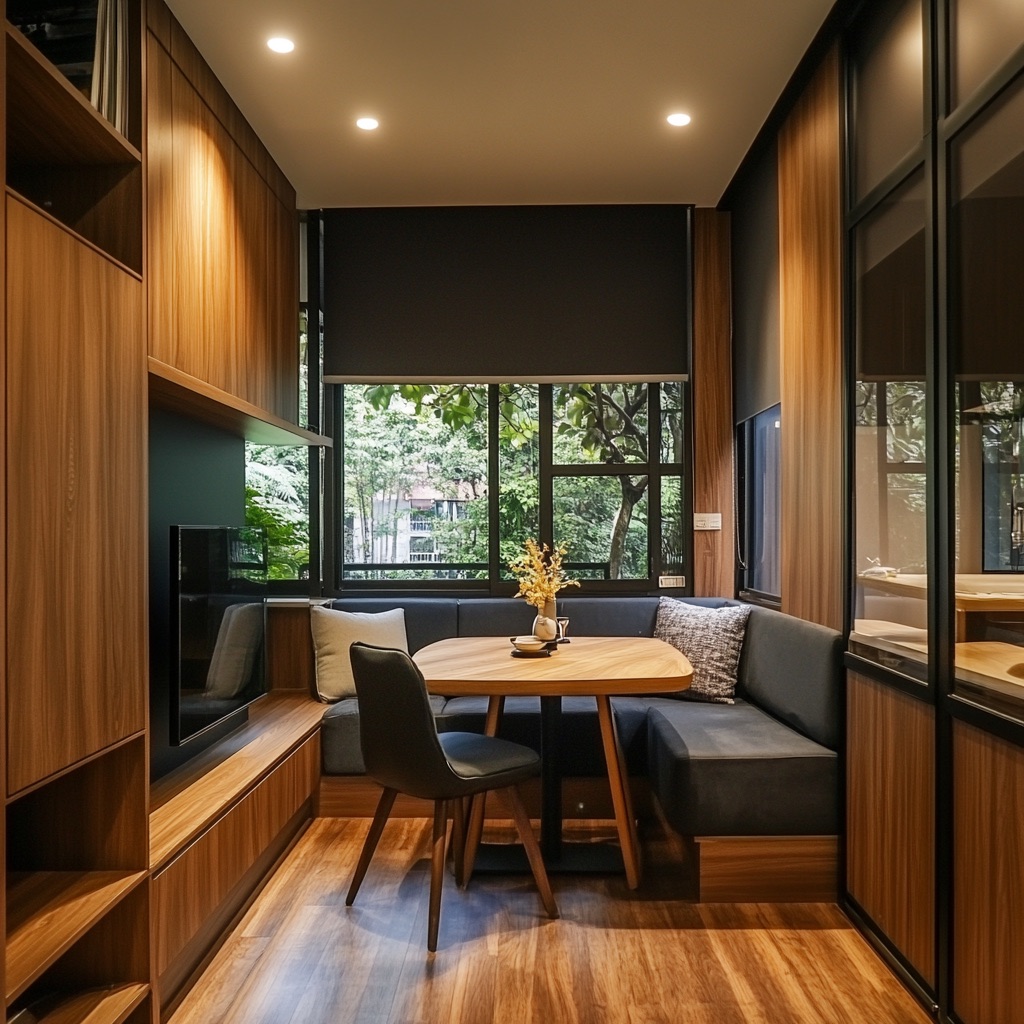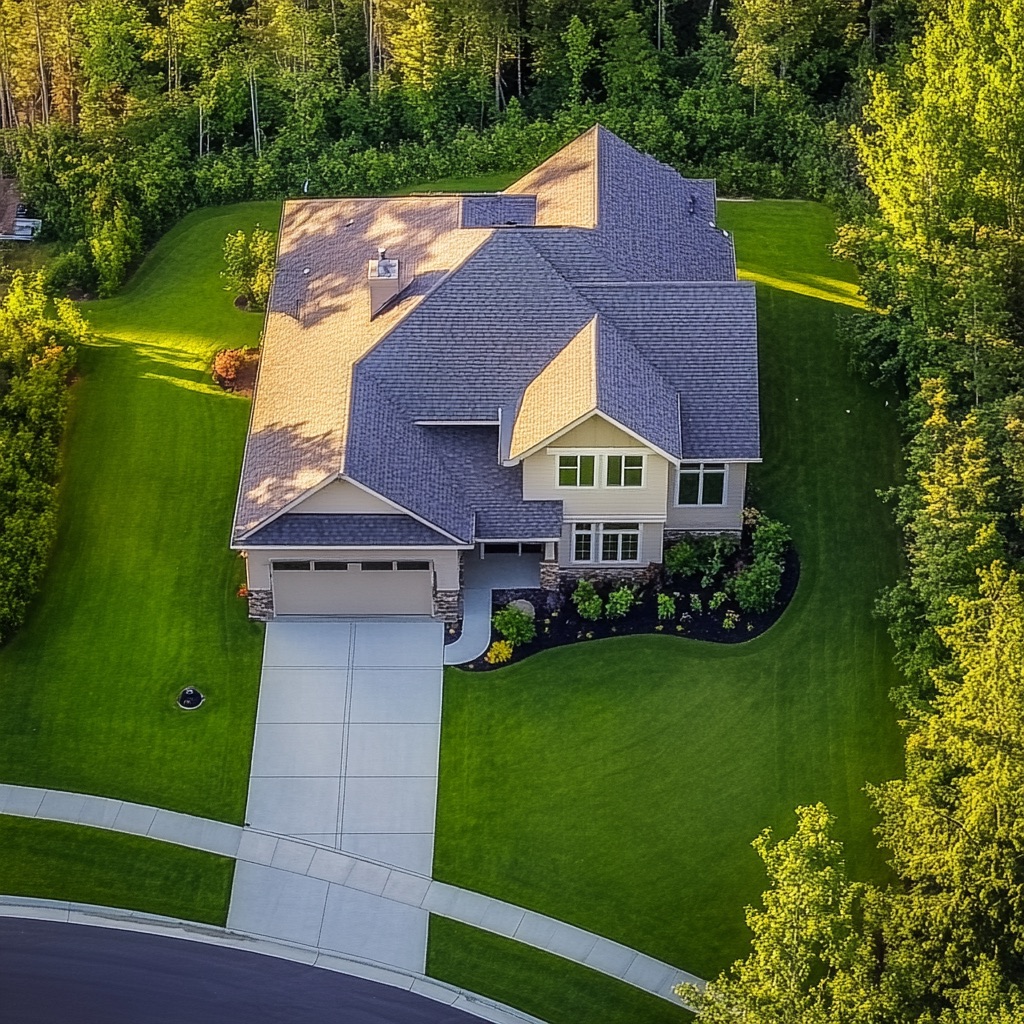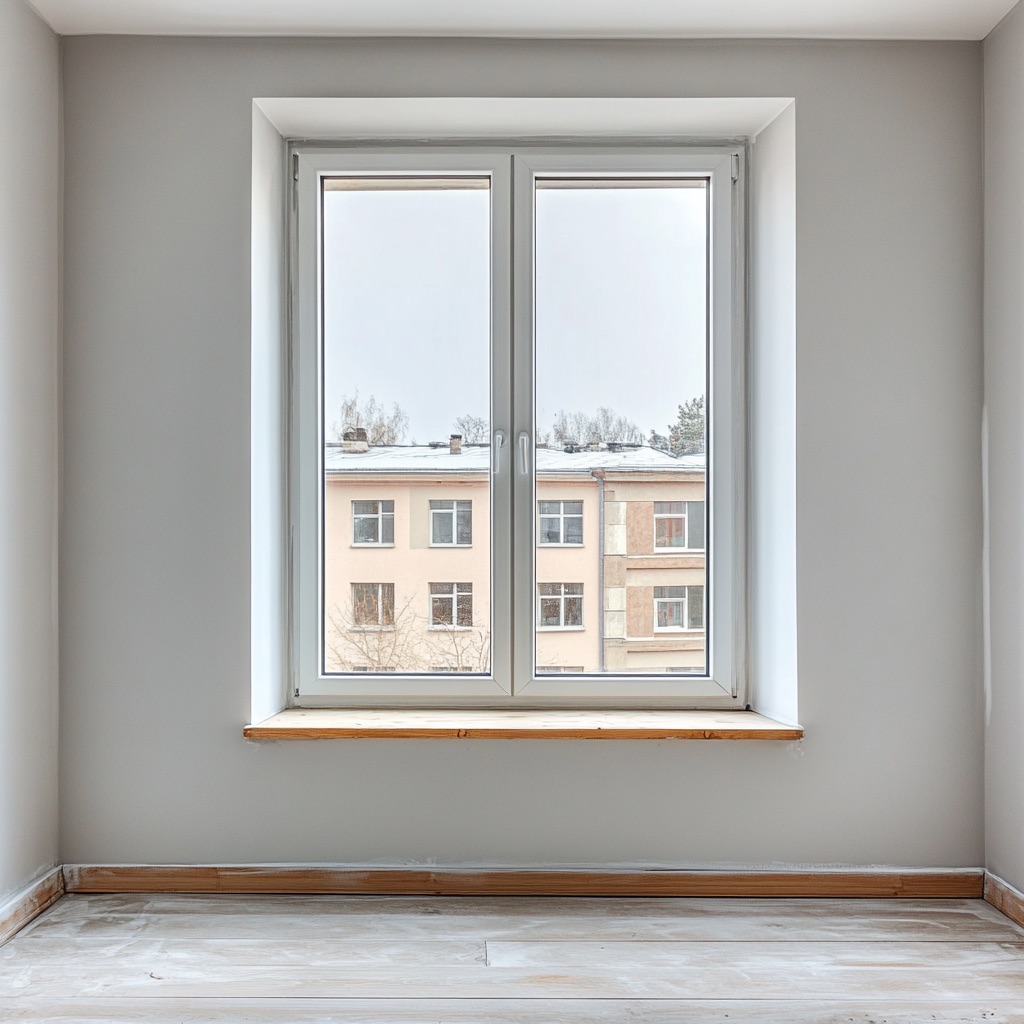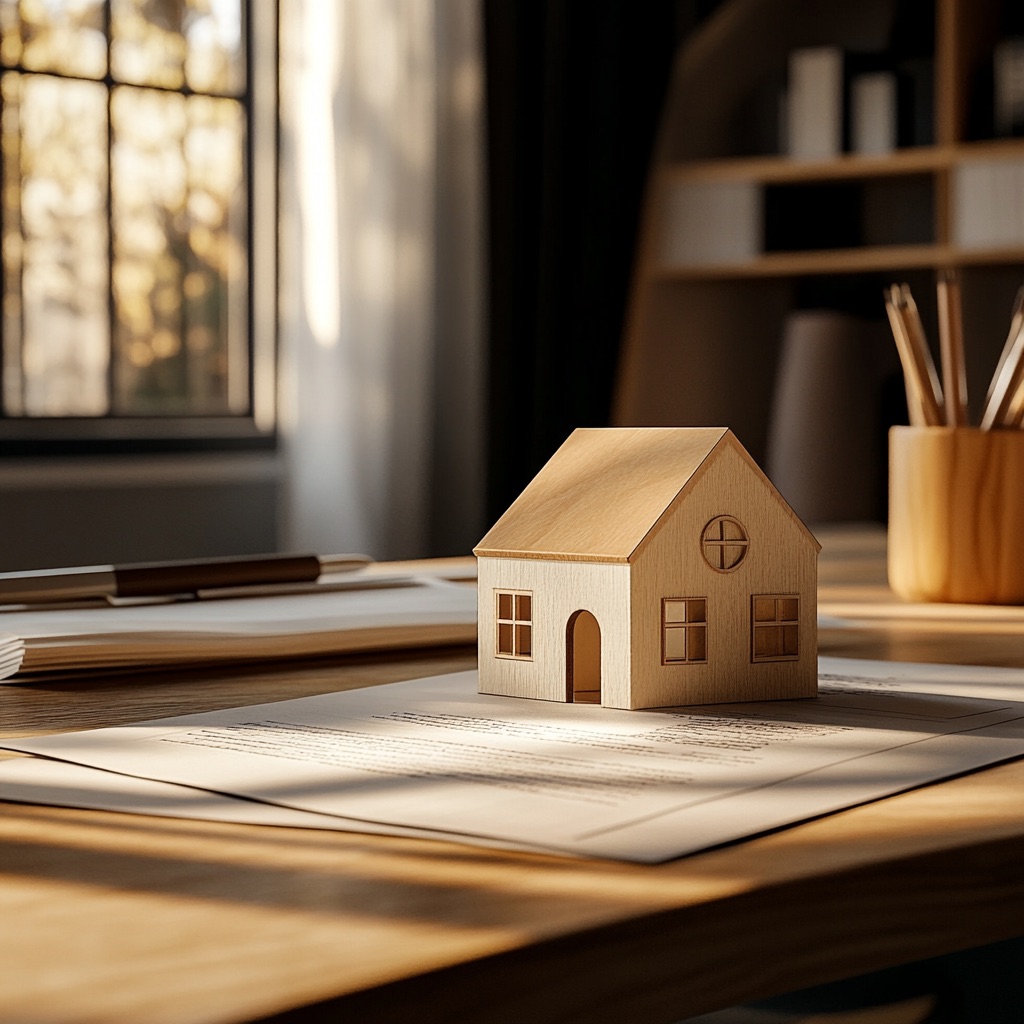Energy management is important since the bills can skyrocket if you don’t pay much heed to your electricity consumption. However, even if you do, if you’re not using the latest IoTs, then you certainly won’t be able to lower your bills.
Having IoTs can bring amazing benefits, not just help save electricity. Let’s take a look at why going for energy-efficient IoTs is the right choice for you:
Reduction in Energy Costs
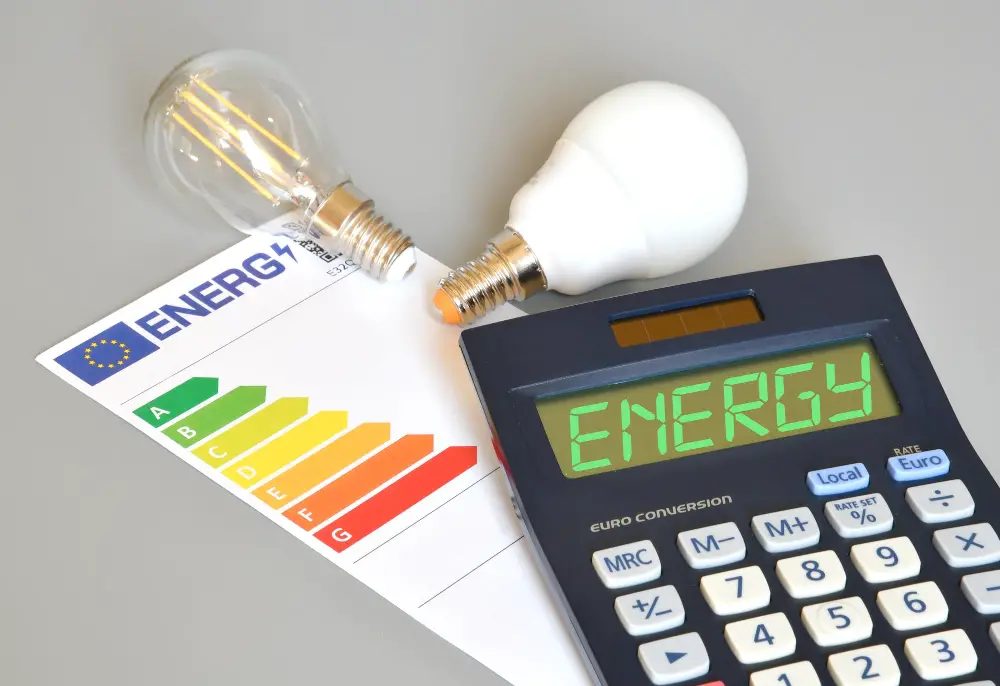
Well, this is pretty obvious. The reason for having IoTs is important since it allows for conserving energy, ultimately lowering your energy bills. This is not only useful for residential users but also for commercial users and businesses.
Users can get data-driven insights using IoTs for electrical management that will help them keep an eye on the usage. In addition, it will also allow real-time monitoring that will help optimize electrical consumption.
The IoTs can be connected to smartphones using Wi-Fi; however, the connection should be seamless in order for the IoTs to work efficiently. We suggest looking into Xfinity, which offers high-speed tiered plan that come in a variety. You can contact Xfinity customer service for more details about the plans and which will suit you best.
Energy Automation
Another reason to get IoTs installed in your place is to automate your energy consumption. Automation can help minimize energy usage by measuring your consumption patterns. For instance, a smart thermostat can adjust the settings according to your preferred temperature without running the thermostat on neutral settings.
Similarly, smart lighting systems can turn off excessive lighting or dim the lights as per the usage. Another great example is the use of a smart greenhouse that optimizes energy consumption and minimizes CO2 emissions for an environment-friendly atmosphere.
Compliance Regulation
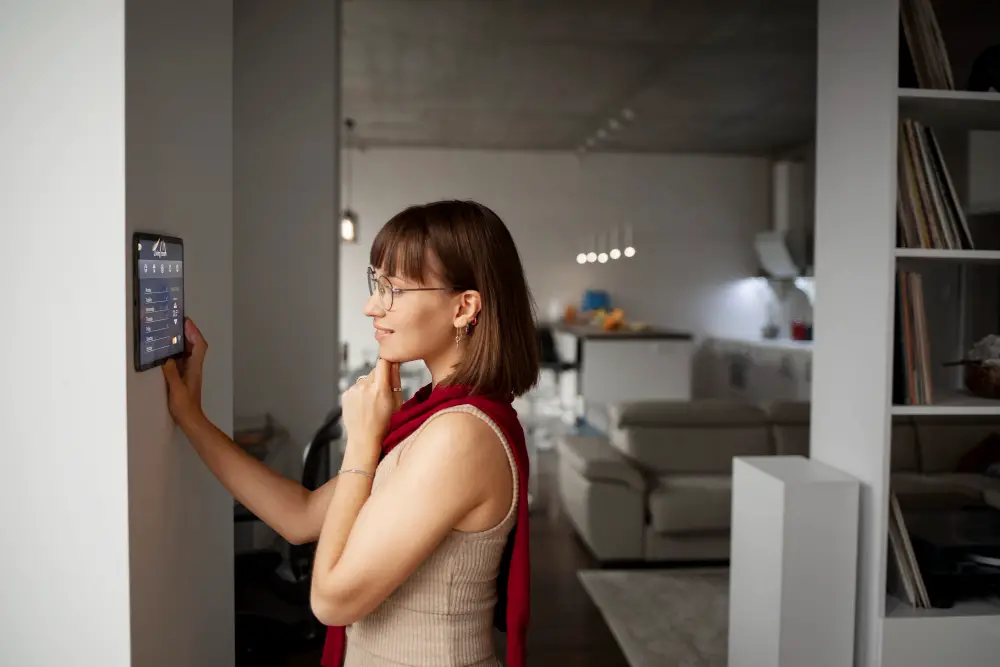
The use of smart IoTs can help improve the overall electrical management for businesses and organizations. Instead of using manual methods and analytical tools, companies can employ IoTs that will gather data in real-time while adhering to the regulatory standards and ensuring compliance.
Reduction in Carbon Footprint
When it comes to regulating compliance, IoTs can help minimize carbon footprint, one of the major goals of sustainability for organizations. Managing electrical consumption, IoTs can help reduce carbon emissions, deduce environmental effects from consumption patterns, and recommend changes to meet sustainability goals.
Energy Saving IoTs to Use
Since using smart IoTs is quite efficient, it’s only useful to deploy them for maximizing energy conservation and preservation of the environment.
Here are some of the energy-saving IoTs you can use to achieve maximum saving on your bills:
Daylight Sensors
Daylight sensors are amazing when it comes to saving energy. Using photocells, these sensors control lighting, turning it off, reducing the lighting, or raising the blinds instead of turning the lights on. In other words, these optimize light consumption patterns leading to an overall reduction of the bill.
Lighting Sensors
Within daylight sensors are lighting sensors. As evident from the name, these sensors are installed to optimize light usage for homes, offices, and buildings. The concept behind lighting sensors is the same as with other smart IoTs; to read, record, and interpret occupants’ consumption patterns and to optimize them.
Although the results are dependent on consumption patterns, which can vary with respect to the needs, average lighting sensors can help achieve a good amount of savings.
HVAC Controllers
HVAC controllers are required in buildings to manage ventilation. HVAC compliances must be met while constructing any abode, abiding by the PNNL (Pacific Northwest National Laboratory).
Using HVAC standards, buildings install sensors and controls that would manage the overall consumption. Added with machine learning algorithms, HVAC controls learn about the consumption patterns of the building and then optimize the usage while minimizing electricity wastage in real time.
Economizer Controls
Another part of HVAC controls is the Economizer control. This allows to management of the overall ventilation, cooling, humidity, and other related factors. It does so by assessing the factors from the building, gathering information on the current and ideal numbers, and then ensuring these numbers are met all the time.
Reduction in these numbers will result in appliances running more heavily i.e. a refrigerator’s compressor starts running if the current temperature drops. As per the estimate, an economizer helps achieve over 50% of electricity savings by managing these values.
Speed Drives
Using variable speed drives, users can adjust the speed and frequency of the devices, controlling and managing consumption. For instance, fans can be used via speed drives to control their airflow, reducing electricity wastage while optimizing energy consumption (allowing the appliances to consume the minimum energy).
Smart Meters
Just like smart thermostats, smart meters allow the users to track consumption patterns for the tenants. These can help in tracking anomalies too, aiding in identifying potential issues and then going for maintenance.
In other words, installing a smart meter can help residents come up with an effective way of knowing their electricity consumption as well as anomalies for individual or group-based occupancy.
Smart IoTs are the Future
Smart IoTs are truly changing the way houses and buildings operate and consume electricity. We can expect to see abodes being fully operated via smart IoTs that will help reduce electrical consumption and carbon emissions, ultimately saving energy.
Recap
